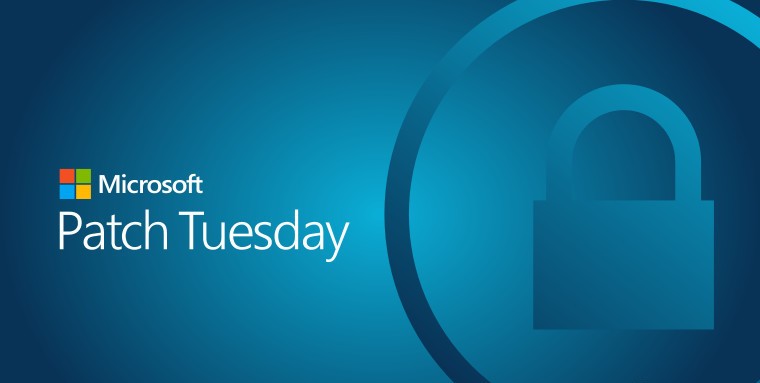
Microsoft Patches Critical Flaws and Active Zero-Days
Publication date: 2025-10-15
TL;DR
Microsoft’s October security release fixes over 180 vulnerabilities, including two zero-days already exploited, a critical WSUS remote code execution flaw, and a VM escape via the Microsoft Graphics Component. With CVSS scores up to 9.9 and several entries added to the CISA KEV Catalog, patch without delay. It also marks the final regular update cycle for Windows 10.
Windows 10’s last regular patch day — and a rough batch of bugs
October’s update cycle carries both symbolic and practical weight. As Windows 10 receives its last standard update before entering Extended Security Updates (ESU), Microsoft has shipped fixes for more than 180 vulnerabilities across Windows, Office, and related components. Among them are three issues confirmed to be exploited in the wild and several others with the potential for remote compromise or system-wide escalation.
One exploited flaw, CVE-2025-59230, affects the Windows Remote Access Connection Manager (RasMan) and allows local attackers to gain elevated privileges. Another, CVE-2025-24990, targets the long-lived Agere modem driver (ltmdm64.sys); Microsoft is removing this legacy component rather than issuing a traditional fix. The third, CVE-2025-47827, is a Secure Boot bypass in IGEL OS that can be abused with physical access, making it relevant to thin-client and VDI estates. These exploited items have been added to the CISA Known Exploited Vulnerabilities (KEV) Catalog.
Beyond the zero-days: what else deserves attention
CVE-2025-59287 (CVSS 9.8) is a remote code execution flaw in Windows Server Update Services (WSUS) that does not require authentication, turning WSUS into a potential supply-chain pivot if compromised. Meanwhile, CVE-2025-49708 (CVSS 9.9) in the Microsoft Graphics Component is a privilege escalation that can enable a virtual machine escape and code execution on the host. For web-facing workloads, CVE-2025-55315 addresses HTTP request smuggling in ASP.NET Core; it requires authentication but can quietly bypass intended controls.
Quick checks you can run today
The following PowerShell commands help you quickly determine whether your systems are affected by the most critical vulnerabilities addressed in the October 2025 updates.
